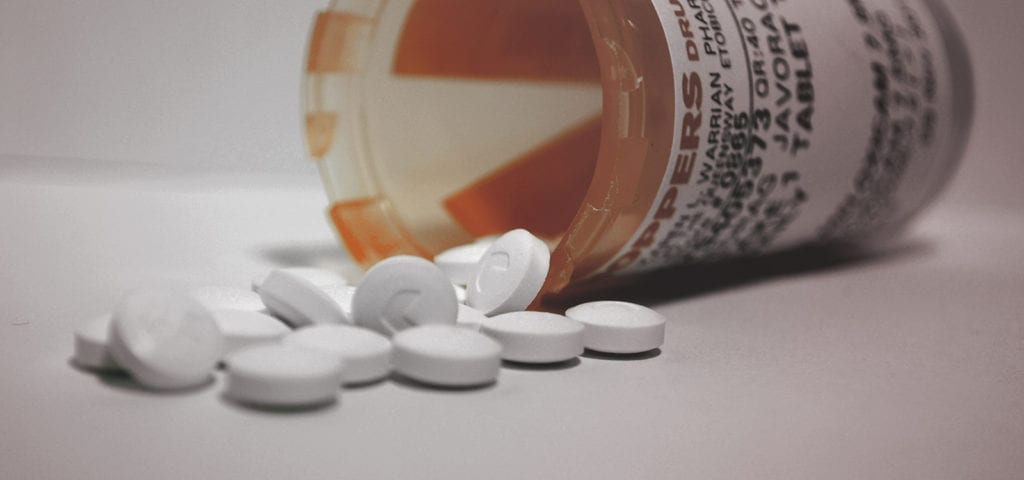At Ganjapreneur, we’ve written time and again about the opioid epidemic ravaging the United States. This is not a new issue — but it is getting worse.
The Center for Disease Control (CDC) recently released the results of a year-long study which tracked overdose-related hospital visits throughout the U.S. between June 2016 and September 17. During the course of that year, opioid overdose rates rose on average by 30 percent throughout the country.
The Midwest saw the most alarming changes, with overdose rates surging up 70% — Wisconsin experienced the worst rise, a 109% increase — but every major region of the country has seen overdose rates go up. Overdoses in large cities increased on average by 56% and, according to the report, individuals who have had at least one overdose already are more likely to suffer another.
Opioids do not discriminate based on age, sex, race, or economic status: every community is affected and everyone — whether directly as an addict or indirectly as a family member, friend, or bystander — is a potential victim. Opioid users frequently become hooked on doctor-prescribed pharmaceutical painkillers and, when their prescription runs out, turn to black market sources for said pharmaceuticals (or for heroin).
In its report, the CDC makes several recommendations to help federal agencies, state governments, and individuals better prepare themselves for the fight against deadly narcotics. Some of these tips include streamlining communications between state health departments and their local communities, increasing the distribution of overdose-reversing drugs such as naloxone, and the use of prescription drug monitoring programs. Notably, the CDC fails to mention the rising popularity of an effective pain treatment that is both non-toxic and non-addictive: medical cannabis.
Multiple studies have shown that opioid overdose rates have gone down in states with an established medical marijuana program, especially if said program allows access to the plant as a treatment for chronic pain. In fact, patients consistently indicate that they were able to decrease or entirely halt their opioid intake by switching to cannabis and, even with the number of cannabis users steadily increasing, there remain zero recorded deaths attributed to a cannabis overdose.
Dissenters and an alarming number of lawmakers, however, continue to tout disproved, Drug War-era theories about the gateway effect or some other half-cocked excuse like, “We haven’t done enough research yet,” or my personal favorite, “We shouldn’t increase access to an illegal drug during times of crisis” — as if a thing could be good or bad for you based on something as arbitrary as its legality.
This CDC report might have just been released, but nothing in this article is new except the rising number of victims. Lawmakers, companies, and individuals who refuse to take action on this issue or who are purposefully blocking medical cannabis reforms should be seen as complicit in the opioid epidemic’s daily death toll, which last year surpassed 170 Americans per day.
Get daily cannabis business news updates. Subscribe
End
